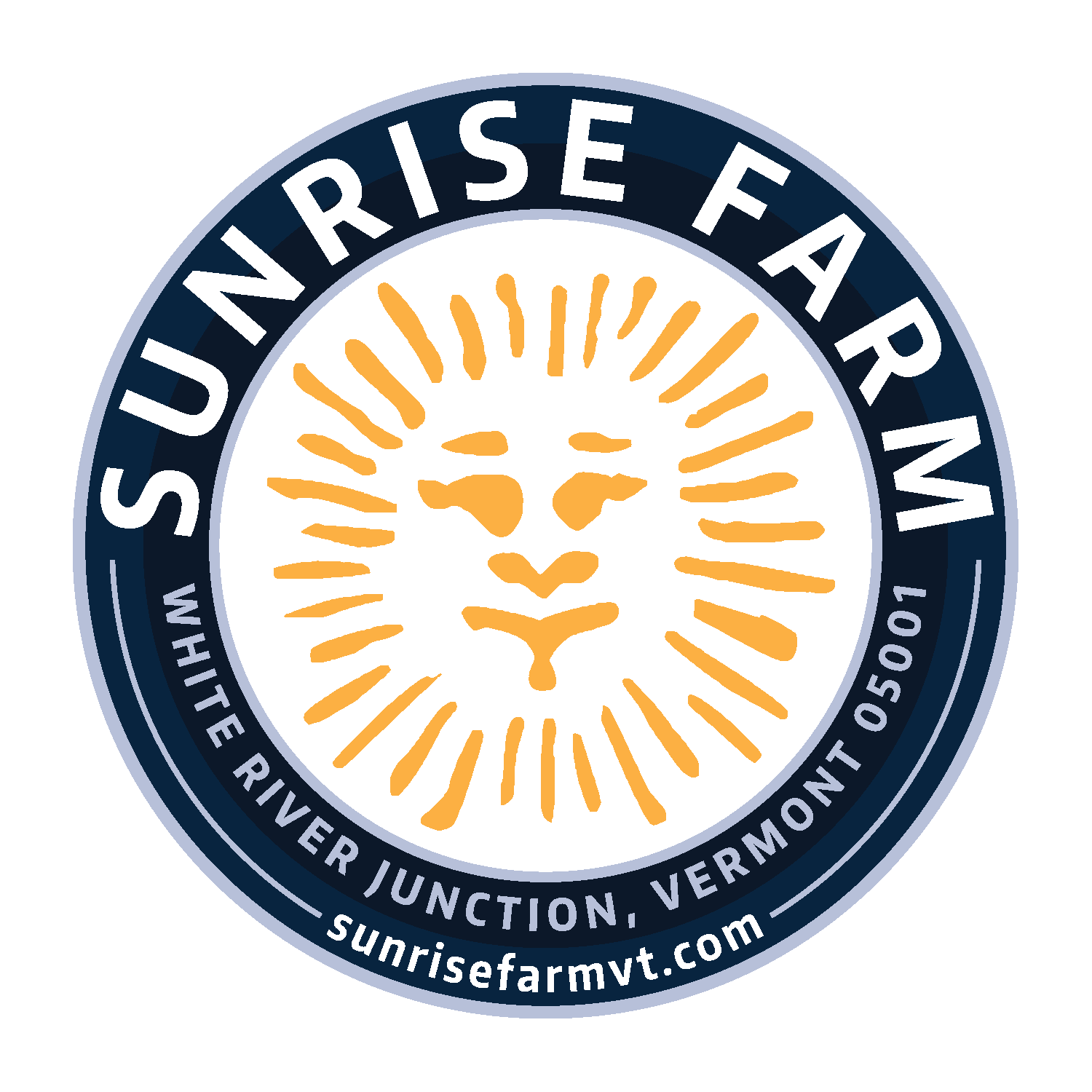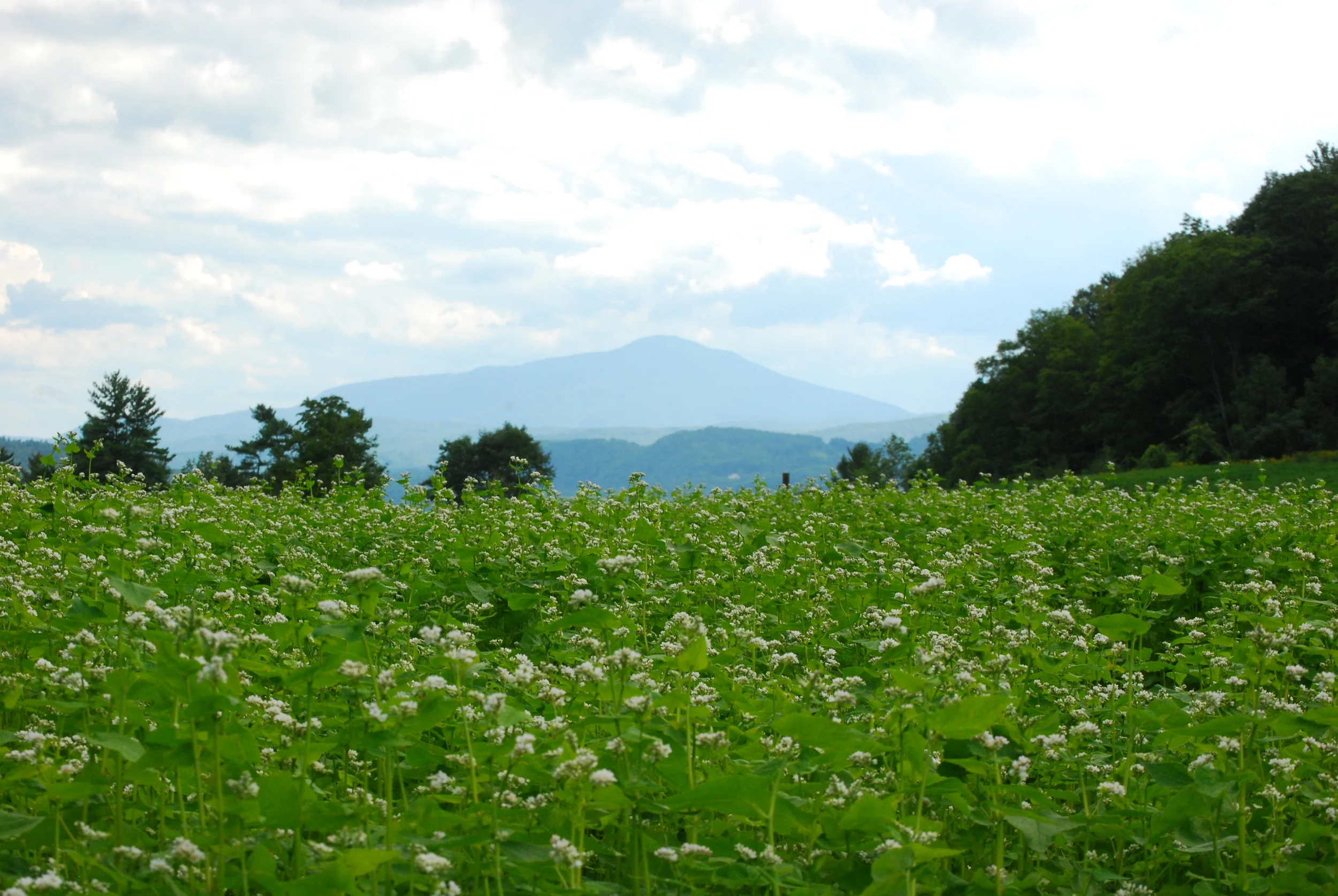Except for the two acres immediately around the house and barns, the rest of the “home farm” is permanently protected for farming, forestry, recreation, and wildlife habitat. You can image the rush of excitement we felt as we signed the legal documents that made this possible! (Note that the “Perkins Farm” site on Route 5 is not a part of this conservation easement.)
Here’s what Chuck wrote to CSA members about coming to that decision in the “weekly update” of August 2007:
We’ve been focusing on an unusual harvest this week - one that will hopefully last forever. Sue and I have been talking with the Upper Valley Land Trust about placing a permanent conservation easement on the farm. The farm will remain in private ownership and continue to be available for forestry and agriculture, but it will never be subdivided or developed into house lots.
It’s an easy conversation to have, since two of our current farm members are employees of the land trust, and I work closely with a third on Navajo-Churro sheep stuff.
Sue and I have thought that we’d like to take this step at some point. We’re doing it now as part of an effort to conserve much more land in this corner of Hartford and Hartland. The current “golden age” of the Upper Valley, in which the high tech and the old time coexist, in which your neighbor might be a college professor or a farmer, a computer engineer or an electrician, is not likely to last for another generation. We can’t be adding thousands of new houses and buildings to the landscape each year and still expect to have farms and barns. Especially when the rules of our (laughably named) “free market” system have distorted the economics of farming so terribly.
But this is also an easy conversation to have because of you, the supporters of Sunrise Farm. If this farm weren’t operating right now, either as a CSA or otherwise, it would be a lot harder to see why preserving this little sidehill of farmland would be a worthwhile endeavor. But small farms like Sunrise are actually becoming more common these days rather than less, both here in the UV and elsewhere. It’s a very hopeful sign, and one that we’re eager to encourage by making sure that this land is open and productive far into the future.
A few years ago, a friend warned me away from considering a conservation easement, saying that “forever” was too long of a time frame; who can know what will happen and what will be the best use of the land? I thought about this for a few years, and then I watched the Wal Mart being built on the prime agricultural soil of 12A in Lebanon. We collectively decided, as a society, to overturn 12,000 years of soil building on 12A and take that land out of agriculture “forever.” Suddenly the idea of protecting Sunrise from such a fate seemed a lot less radical. We’re making “forever” decisions all the time hereabouts, just precious few of them in favor of farming.
So, chalk one up for farming!


